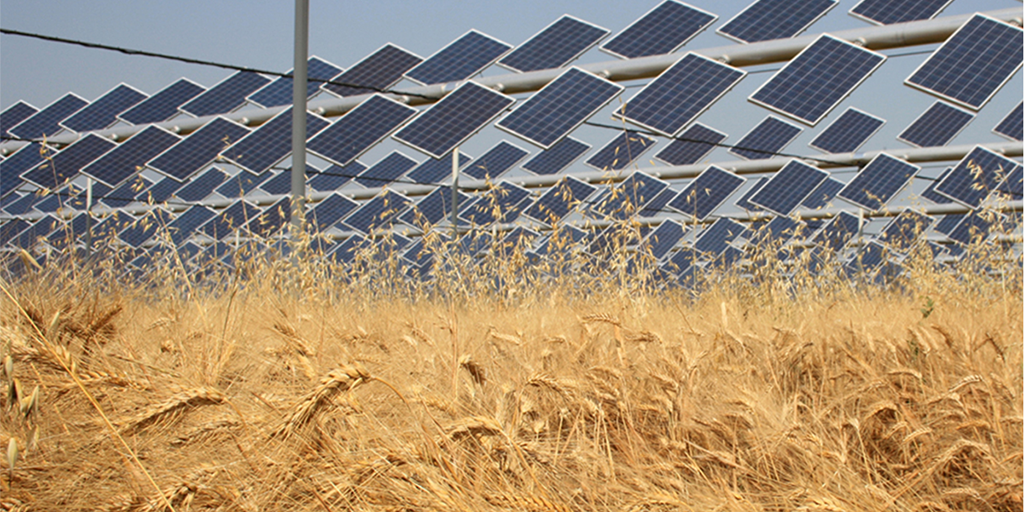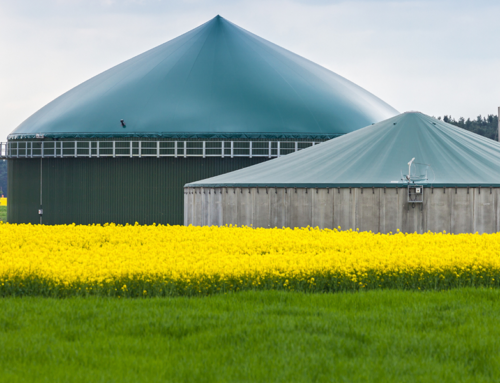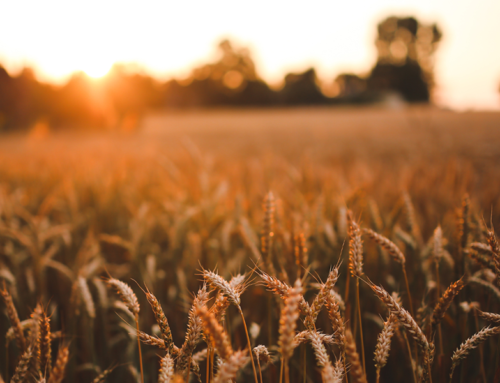On one hand we need to produce more and more sustainable energy such as solar energy which, however, requires large dedicated surfaces; on the other hand we have the need not to subtract soil from agricultural production.
In some cases, one possibility of reconciling these two apparently opposing dynamics is the agrivoltaic system, which envisages the integration of photovoltaic systems and agricultural crops on the same land, as explained by Professor Stefano Amaducci, Professor of Agronomy and herbaceous crops at the Department of Sustainable Vegetable Production Sciences of the Università Cattolica del Sacro Cuore .
According to Giancarlo Ghidesi of Rem Tec, the combined use of photovoltaic coverage on cultivated agricultural surfaces can also give advantages from an agronomic point of view.
The key factor is shading, thanks also to the current technology that allows you to manage the movement of the trackers in order to maximise the production of energy from photovoltaic sources while promoting correct solar radiation for the underlying crops, varying the percentage of shading soil, even to the point of making it void if necessary.
That the world of energy is radically changing is proved by one fact: photovoltaics are growing annually at a rate of 700%, as – during the technical talk – Andrea Riggio of Eco Fotovoltaico (EcoCasa Group) (a specialized company in the installation of photovoltaic systems and storage systems and management of related services) showed.
There are at least four macro-opportunities in the field of photovoltaics for a farm: systems on roofs, photovoltaic greenhouses, ground installations and agri-voltaic systems.
Riggio then focused his attention on the PNRR (NEXT Generation EU) tender relating to “Parco Agrisolare”. These are non-repayable grants for plants to cover agricultural or agro-industrial companies. Funds of 1.5 billion euros have been allocated for these works, 30% of which (for 450 million euros) were valid for 2022, while 50% of the total allocated (750 million) will have to be spent by 2023 and the remainder by 2024.
As regards the beneficiaries, the tender refers to agricultural, agro-industrial or agricultural cooperatives (also in consortium form) and the contribution disbursed can reach 40% non-repayable, with increases for some types of enterprise.







